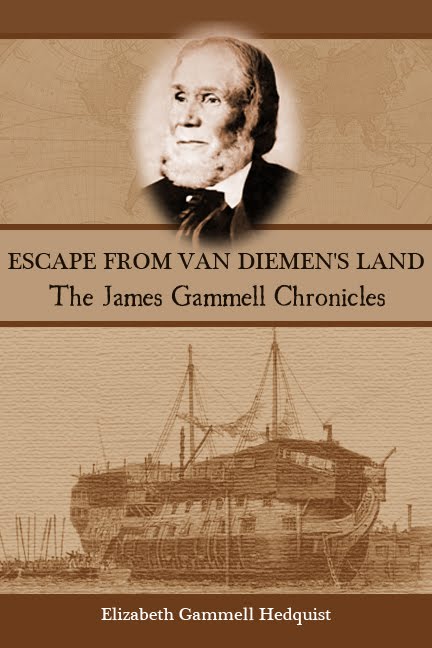
Nestled right next to Fenwick is the town of Kilmarnock, the home of farmer John Dickie. His nineteen-year-old daughter, Jean, married James Gemmell, Sr., age thirty-two, in the Kirk at Fenwick on April 4, 1812. They made their home near Jean’s family in Kilmarnock. (Both of James’ parents had died five years earlier.) Kilmarnock was a growing manufacturing town, which was beginning to attract many rural families seeking employment. "The streets and neuks of Killie" were celebrated in the poetry of Robert Burns, Scotland’s greatest poet, who was born in the county of Ayr. He published his first book of poems in 1786 at Kilmarnock. Another favorite son of Kilmarnock, educated at the academy there, is Sir Alexander Fleming, the discoverer of penicillin. Here in “Killie” on October 26, 1814 (1), James Gammell (Gemmell) was born, the second child of James and Jean Gemmell. (2)
If we examine the town plan of Kilmarnock (3) drawn by John Wood in 1819, showing each house and the name of its occupant, we find the Dickie and Gemmell families that were living there at the time. The plan also shows the property of Ja’s [sic] Reid and John Reid. James Reid was the uncle that James referred to in the New York Plebeian:
If we examine the town plan of Kilmarnock (3) drawn by John Wood in 1819, showing each house and the name of its occupant, we find the Dickie and Gemmell families that were living there at the time. The plan also shows the property of Ja’s [sic] Reid and John Reid. James Reid was the uncle that James referred to in the New York Plebeian:
I was born in Kilmarnock in Scotland, emigrated in infancy to this city with my father and his family, joined my uncle Mr. James Reid, (formerly Land Stewart Col. Wynn near Sligo,) at the Gore of Toronto, in my 17th year...(4)
The James Gemmell family lived in Kilmarnock about nine years before immigrating to America. At that time the Industrial Revolution was taking its toll on the lifestyle of the lower classes in the British Isles. Farmers, laborers, and craftsmen could no longer eke out a living from the land or in their homes, and they were forced to seek jobs in the larger towns, working twelve-hour days in factories with unhealthy working conditions. Large-scale emigration from Scotland began in the 18th century and increased in the beginning of the 19th century. While most Scots immigrated to Canada, many went to the United States—at least 250,000 were living in the U.S. by 1890. Many were able to qualify for assisted emigration, where they received passage money or even land grants in the destination country, as an alternative to “poor relief.” We don’t know whether the James Gemmell family was part this group of assisted emigrants, or whether they saved every penny and sold all that they had for the hope of a better life in America.
______________________________
- The birth date given on James’ headstone is February 4, 1814, but early LDS Church documents record the date as October 26, 1814.
- Actual christening records have not yet been found. The names of the children come from a ship passenger record.
- http://www.angelfire.com/empire/chocolateman/Kilmarnock.html The names compiled on this site have been transcribed from the John Wood 1819 'Plan of The Town of Kilmarnock'. See the web site for the map: http://www.dangly.com/kilmarnock/maps/kilmarno.htm
- James Gemmell, New York Plebeian. (Toronto Gore, a township formed in 1831, is now part of Brampton, Ontario.)

Wonderful information and documentation!
ReplyDelete